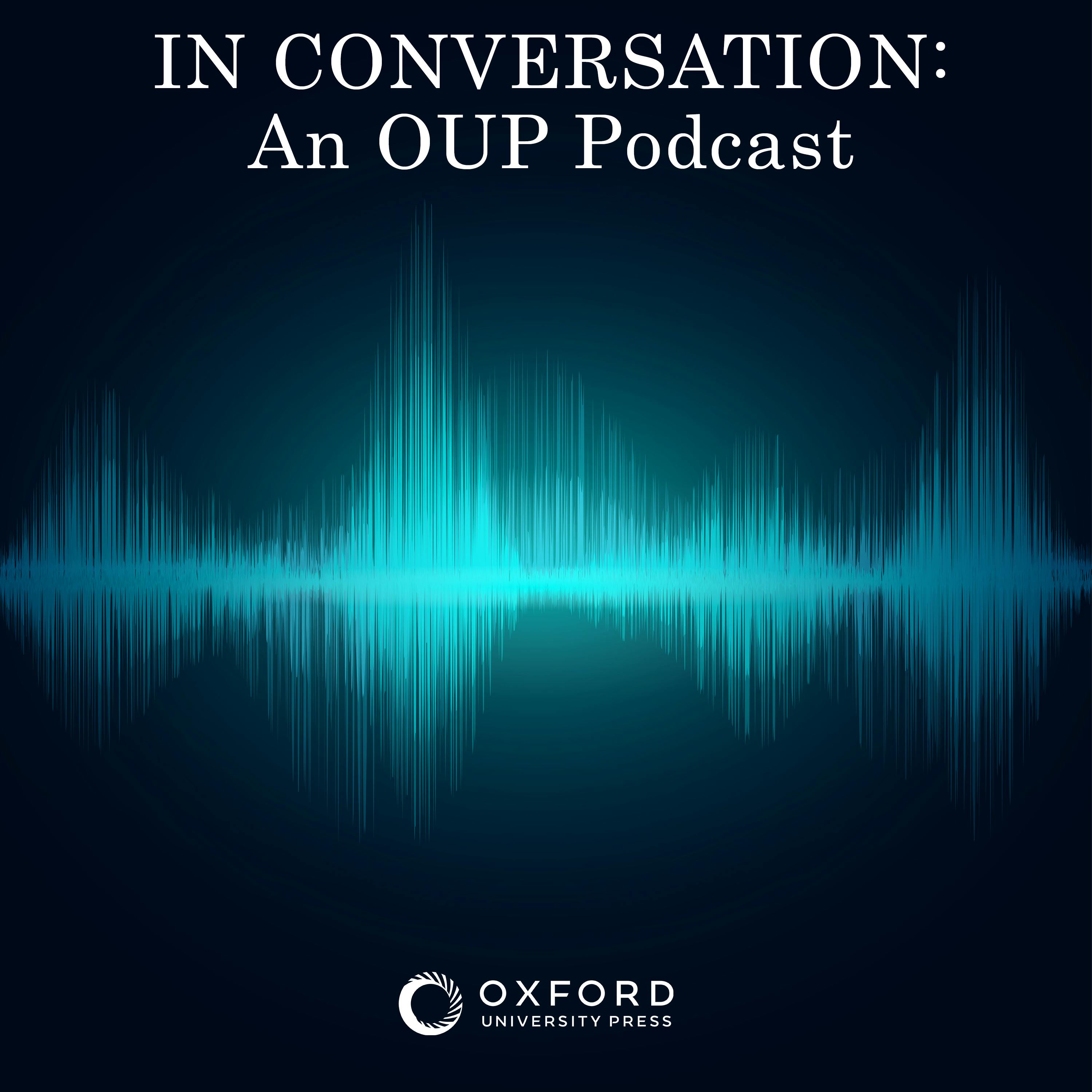
Andrew Coe, “Chop Suey: A Cultural History of Chinese Food in the United States” (Oxford UP, 2009)

In Conversation: An OUP Podcast
Shownotes Transcript
Through some quirk of fate, the Hobbesian tag “filling, cheap, and familiar” is probably the defining phrase used when Americans think of Chinese food. Yet what could be less accurate a description of this cuisine, born halfway around the world, which had been evolving for well over a millennium before it was brought to California in the 1840s?
The events that brought the Chinese and their food to our shores, to become so important a strand in the fabric of American eating, is the story Andrew Coe) tells in his fascinating book, Chop Suey: The Cultural History of Chinese Food in the United States) (Oxford University Press, 2009). It takes the reader by ship and railroad from 1784, when the fledgling United States first focused its sights on China as a market, to the present day.
Why the Chinese came, what reception they received, what they did, and what happened when their work ran out is part of the story. After arriving in 1848 for the California Gold Rush, the Chinese created ancillary businesses, first feeding themselves, then feeding Americans, both in prospecting camps and in the village of Yerba Buena (which would grow into a port called San Francisco).
The Chinese were “other.” Their story as an ethnic group is not a familiar one to most Americans. The West Coast has a dark history regarding its treatment of residents of Far Eastern origin, and it begins with the Chinese in nineteenth-century California. Coe opens our eyes.
And what is chop suey? Is it even Chinese? Will Americans ever graduate to authentic Chinese food? These questions, and many more, with be answered by some unlikely professors: Louis Armstrong, Richard Nixon, and a Peking duck.
National Geographic interviewed Coe in May 2014 for their upcoming television documentary, “Eat: The Story of Food,” scheduled to air in November 2014.